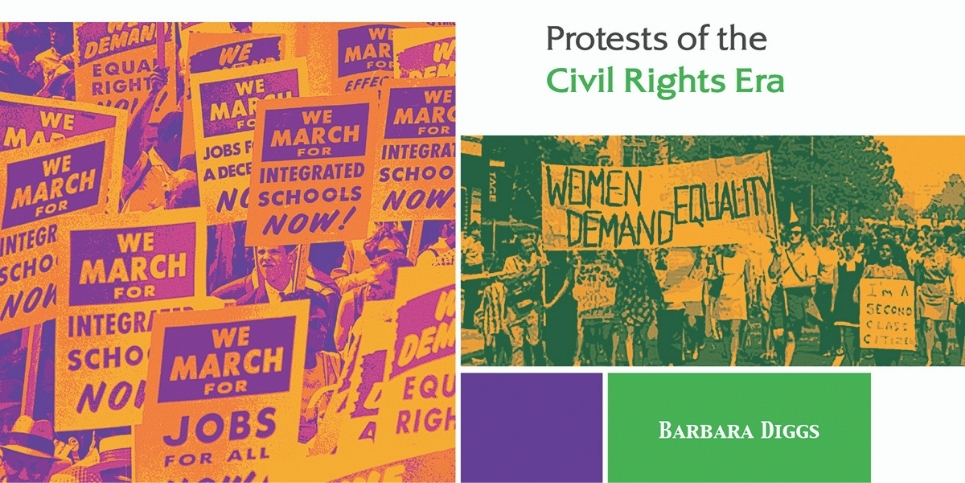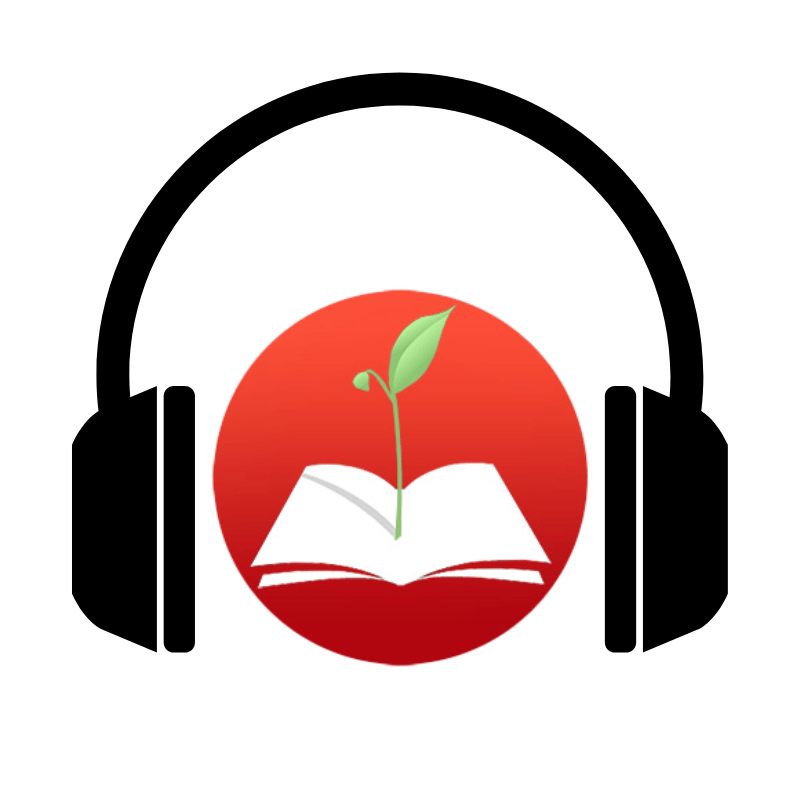Barbara Diggs | The Children’s Book Review
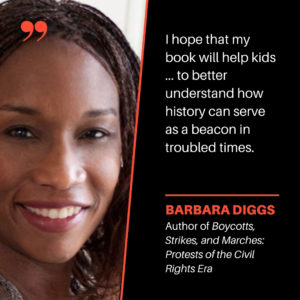
Although the United States is riddled with division these days, there’s one thing we can all agree on: nobody’s going to forget about the year 2020 anytime soon. From the coronavirus pandemic to the massive nationwide protests to a conflict-ridden presidential election, we are keenly aware that we are, every day, living through history. We’re right smack in the middle of a watershed era; we just don’t know the name of it yet–or the outcome. But there’s little doubt in my mind that just as the Civil Rights Era continues to be analyzed some 50 to 60 years later, a half-decade from now, school children will be studying and trying to understand the lessons of this tumultuous period.
Writing Boycotts, Strikes, and Marches during such a turbulent time brought home to me the Civil Rights Era’s realities like nothing else. The more I researched and read about the social unrest and protests of that era, the more parallels I saw to today’s issues. I’m not just talking about the similarity of the substantive issues such as racism, sexism, homophobia, and economic justice, but the fundamental question of what is protest and whether there is the “right” form for it.
Today, school children across the country are taught to revere civil rights leaders and activists during the Civil Rights Era and hail them as heroes for their fight for justice and equality. But it’s important to remember that in their own era, these activists were not beloved by everyone. A significant portion of society viewed them as trouble-making, law-breaking agitators that should be suppressed, jailed—or dead.
African Americans and other civil rights protestors were routinely harassed and assaulted by people who opposed their cause, including the police, despite being entirely non-violent. Vietnam War protestors were often blackballed by society and even, sometimes, members of their own family. The LGBTQ community regularly faced ostracism, violence, and humiliation for openly being who they were–which was pretty much the equivalent of a protest at the time. And women who spoke out against sexism were often scorned and denounced as man-haters, bent on destroying society.
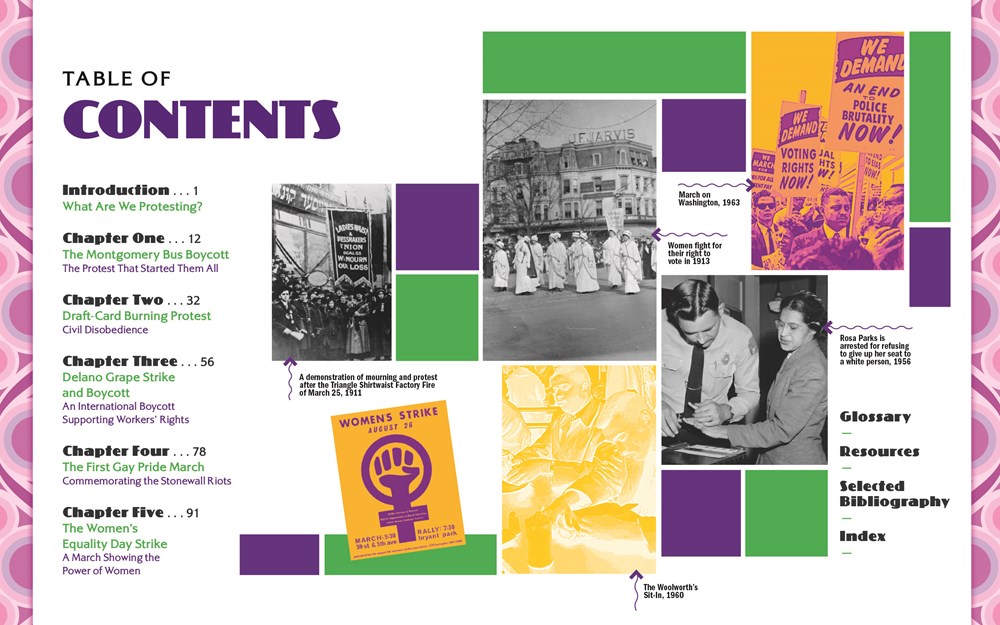
Despite the enormous pushback and social censure these activists faced, their actions helped effect changes that reshaped American society and pulled the nation closer to living the ideals of equality articulated in the Declaration of Independence.
Thinking about the people who risked everything to stand up for justice during the civil rights era made me reflect on which of today’s “agitators” are going to be enshrined as national heroes in the future. Even more, it made me wonder which of our children learning this history today will be fighting for justice tomorrow? How will they approach it? What knowledge and tools from the past would help them protest effectively in the future?
These questions were very much in my thoughts as I wrote this book, particularly as I designed the hands-on projects and considered the “wonder why” reflection questions.
But here’s another thing that was on my mind as I wrote—hope. Yes, it was frustrating to see that our society is still battling so many of the same fundamental issues as it was 60 years ago. Still, it was strangely reassuring to remember that we, the people, hold the keys for social change in our hands and that meaningful change doesn’t come without disruption. All this turbulence and uncertainty doesn’t feel good, but it doesn’t mean that it can’t bring good. In fact, it might even mean that positive change is on the horizon. I hope that my book will help kids to see this and to better understand how history can serve as a beacon in troubled times.
—
About Barbara Diggs
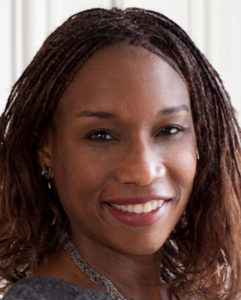
Barbara Diggs is the author of Race Relations: The Struggle for Equality in America and The Vietnam War, both from nomad Press. She has also penned a range of educational articles for children for Living Through History magazine, including “The Dred Scott Decision: The Case that Sparked the Civil War” and “The Mercury 13: Women of the Space Race.” A graduate of Stanford Law School, Barbara practiced law in New York for several years before becoming a professional writer. She splits her time between France and the east coast of the United States.
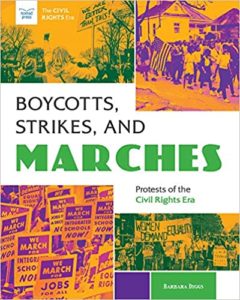 Boycotts, Strikes, and Marches: Protests of the Civil Rights Era
Boycotts, Strikes, and Marches: Protests of the Civil Rights Era
Written by Barbara Diggs
Publisher’s Synopsis: An in-depth exploration of five different marches, protests, and boycotts of the Civil Rights Era―actions that made it impossible for the people in power to ignore the social injustices rampant in the United States. Part of a new series on the civil rights era for ages 12 to 15 from Nomad Press.
Thousands of protests, marches, and demonstrations of the Civil Rights Era gave a strong voice to people and groups who were traditionally ignored. These protests led to important legal and social changes that continue to impact our nation today. In Boycotts, Strikes, and Marches: Protests of the Civil Rights Era, readers 12 through 15 explore five ground-breaking events that took place during the 1950s, 1960s, and early 1970s. Become immersed in the excitement, challenges, and spirit of the Montgomery Bus Boycott, the Draft Card Burning Protests of the Vietnam War, the Delano Grape Strike and Boycott, the first Gay Pride March, and the Women’s Strike for Equality.
Kids learn about the conditions that prompted these demonstrations and how protest organizers used critical and creative thinking to surmount the challenges they faced to initiate meaningful change. When these protests began, American society looked vastly different than it does today. African Americans were denied the same rights as whites in many parts of the country. Women couldn’t pursue the same jobs as men. The LGBTQ community was forced to live in secrecy. Farm workers were forbidden to join unions to advocate for fair wages and working conditions. Protests were a tool the people used to express their discontent and start to make essential change in the fabric of both society and politics. And today, we’re seeing that the job is still unfinished, as protestors take to the streets and make their voices heard in a call for anti-racism through the Black Lives Matter movement.
In this book, hands-on projects and research activities alongside essential questions, links to online resources, and text-to-world connections all help further explain a complicated era and offer opportunities for social-emotional learning.
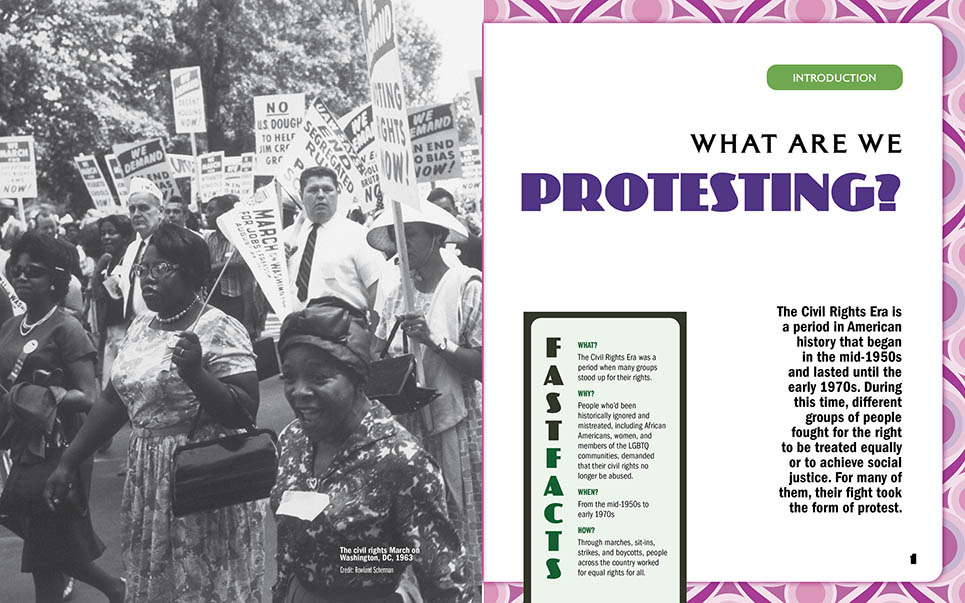 Meets multiple standards for the National Curriculum Standards for Social Studies.
Meets multiple standards for the National Curriculum Standards for Social Studies.- Readers will learn the different issues involved in coordinating a successful protest as well as the various repercussions that protests can have on society.
- The book uses an inquiry-based approach that encourages readers to think critically about the value of protests, the different forms of protest, and ways in which they might bring attention to issues important to them.
- This particular title is unique in that it examines five separate protests, each conducted to bring attention to very different issues and carried out through diverse means. Most books on the market only cover protests designed to bring attention to one particular issue (e.g., civil rights for African-Americans, or women, or LGBTQ, etc.). Readers therefore learn about the history and the actions that helped change multiple social issues, most of which are still relevant today.
- Uses an inquiry-based approach to encourage readers to explore the present status of civil rights in the United States.
- Aligns with Common Core State Standards.
- Projects include: Drawing up a boycott plan, Analyzing the power of slogans or chants, and Research the biography of a protester.
- Additional materials include a glossary, a list of media for further learning, a selected bibliography, and index.
Ages 12-15 | Publisher: Nomad Press | ISBN-13 : 978-1619309166
Buy the Book


The article Writing About Civil Rights Era Boycotts, Strikes, and Marches During a Time of Social Upheaval was written by Barbara Diggs. For similar books and articles, follow along with our content tagged with Antiracism, Books with Activism, Civil Rights, Equal Rights, and Social Justice.

